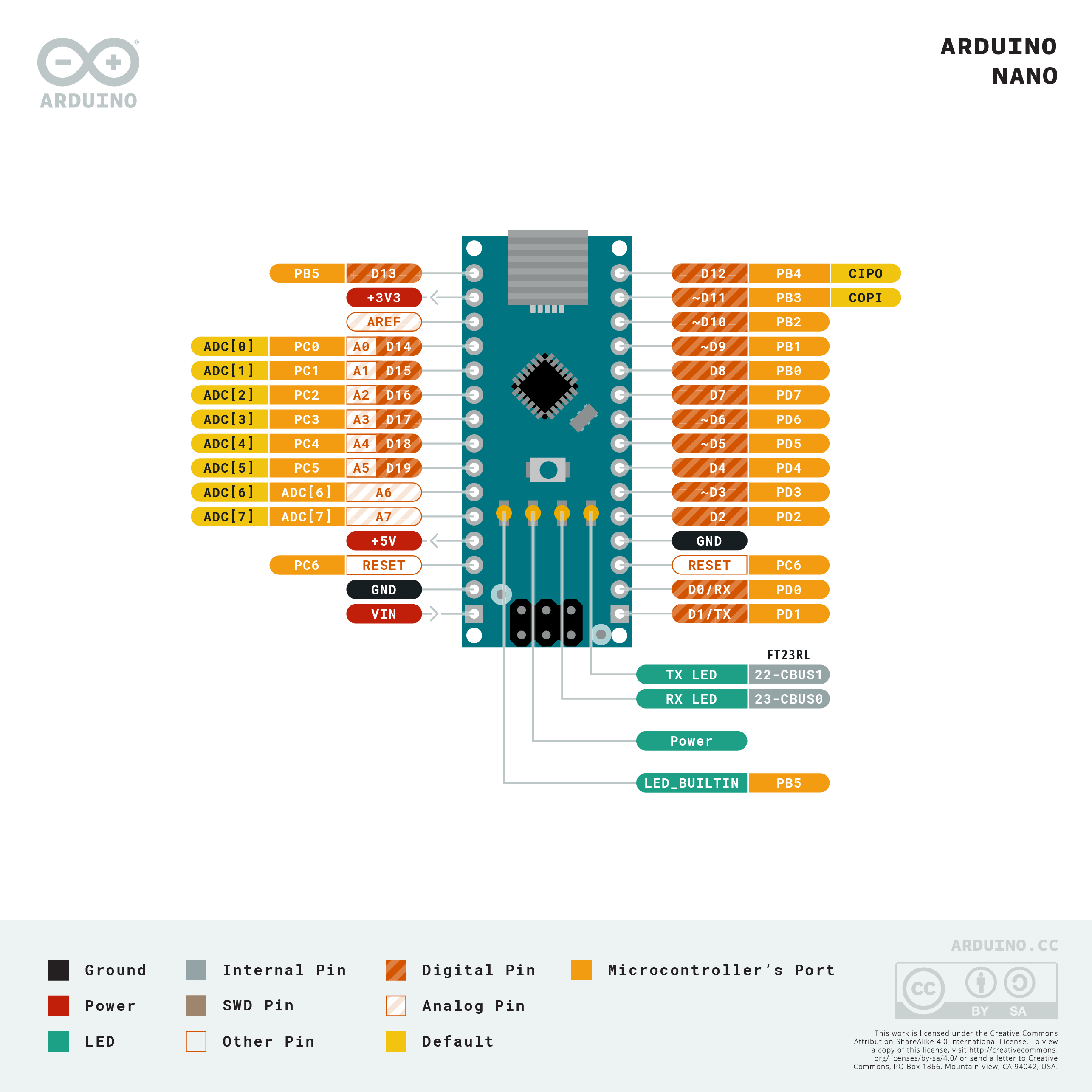
Raspberry Pi Pico ADC with Voltage Measurement Examples.Therefore, the sampling frequency is 96 x 1 / 48MHz) = 2 μs per sample (500kS/s).Ĭheck this Raspberry Pi Pico ADC tutorial: ADC takes 96 CPU clock cycles to perform one conversion. Because RP2040 microcontroller operates on 48MHZ clock frequency which comes from USB PLL. ADC ModuleĪ/D conversion can be performed in polling, interrupt, and FIFO with DMA mode.ĪDC conversion speed per sample is 2μs that is 500kS/s. The following table shows that the input signal for ADC0, ADC1, and ADC2 can be connected with GP26, GP27, and GP28 pins, respectively.

Therefore, if we want to measure temperature, we can directly use build-in temperature by reading the analog value of ADC4. The fourth analog channel is internal connected to the internal temperature sensor. But only three analog channels are exposed to pinout.

It supports four 12-bit SAR based analog to digital converters. PIR Motion Sensor with Raspberry Pi Pico using External Interrupts.

Note: The Raspberry Pi Pico’s GPIOs are connected to the on-board 3.3V rail and are therefore fixed at 3.3V.įor more details, you can see this example where we used a PIR motion sensor to read its output on interrupt using Raspberry Pi Pico:


 0 kommentar(er)
0 kommentar(er)
